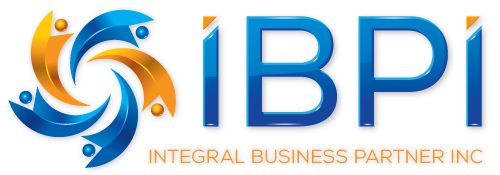Extending a job offer is only the beginning of the hiring journey. In my experience, onboarding is where you truly set the stage for a new hire’s success—or risk losing them early. A well-thought-out onboarding process can turn a promising candidate into a productive, engaged, and loyal team member.
Unfortunately, I’ve also seen onboarding treated as little more than a paperwork exercise. That’s a mistake. Onboarding should be about connection, culture, and clarity. In this post, I’ll share how to design an onboarding experience that helps new hires hit the ground running while building lasting relationships with your company.
1. Start Before Day One
I’ve found that the best onboarding experiences begin before the employee’s first day. Leaving new hires in the dark after they’ve accepted the job can create unnecessary anxiety. Instead, stay connected and set clear expectations from the moment they accept the offer.
What Works:
• Send a welcome email outlining their start date, what to bring, and what to expect.
• Share a new hire checklist with key documents to complete ahead of time.
• Introduce them to their manager and team members via email or video.
2. Create a Memorable First Day
First impressions last. I’ve always made it a point to make the first day special—both professionally and personally.
How to Make It Great:
• Be ready: Ensure their workspace, equipment, and access credentials are set up.
• Give a warm welcome: Have their team greet them or send personalized welcome messages.
• Kick off with purpose: Start with a meaningful orientation that covers the company’s mission, values, and culture—not just policies.
3. Deliver a Structured Onboarding Plan
One of the biggest onboarding mistakes I’ve seen is throwing new hires into the deep end with no clear roadmap. A well-structured onboarding plan can help them understand expectations and stay focused from day one.
Best Practices:
• Create a 30-60-90 day plan with key milestones and check-ins.
• Break down their job responsibilities into manageable tasks.
• Assign a mentor or buddy to guide them through their first few months.
4. Focus on Culture and Connection
I believe that onboarding is more than just tasks—it’s about building relationships. Helping new hires feel connected to their team and company culture is one of the best investments you can make.
Here’s What Works:
• Host team introductions with informal meet-and-greets or coffee chats.
• Plan a welcome lunch or team-building event.
• Share stories about company traditions, milestones, or success stories.
5. Provide Ongoing Training and Development
I’ve learned that onboarding doesn’t stop after the first week—or even the first month. Continuous learning is key to keeping new hires engaged and helping them grow.
How to Do It:
• Offer on-the-job training through shadowing or mentorship.
• Provide access to online learning platforms or workshops.
• Schedule regular one-on-one check-ins with managers to discuss progress and goals.
6. Gather Feedback and Improve
One thing I’ve always emphasized is listening to feedback. Your onboarding process can only improve if you know what’s working—and what’s not.
Best Practices:
• Conduct new hire surveys after their first week, first month, and first quarter.
• Hold feedback sessions with managers to identify gaps in the onboarding process.
• Use their insights to refine and improve your onboarding program regularly.
Final Thoughts: Onboarding Is the Key to Long-Term Success
Onboarding isn’t just about getting new hires up to speed—it’s about making them feel valued, connected, and ready to contribute. A thoughtful, well-structured onboarding process can reduce turnover, boost engagement, and set the foundation for long-term success.
In my next post, I’ll cover Post-Hire Follow-Up: Staying Connected After the Hire. Stay tuned!

